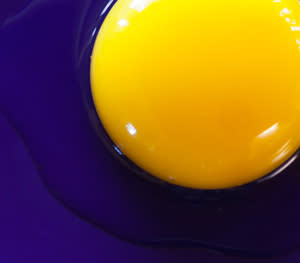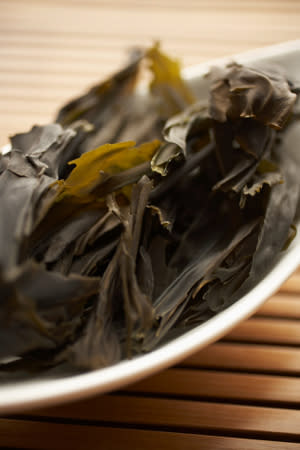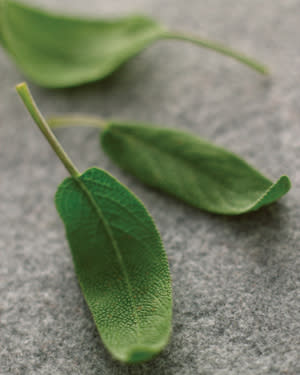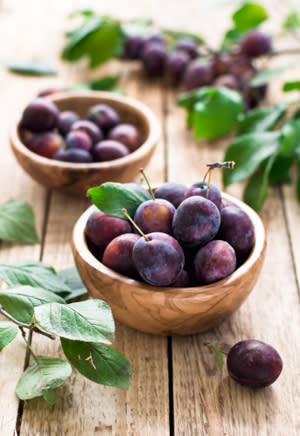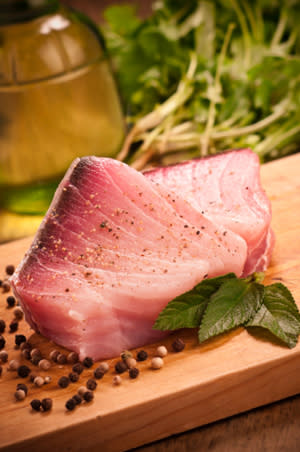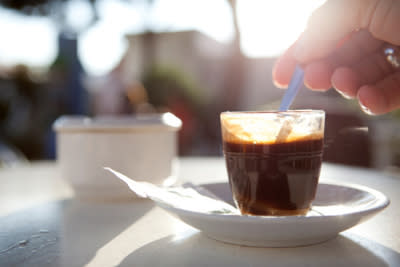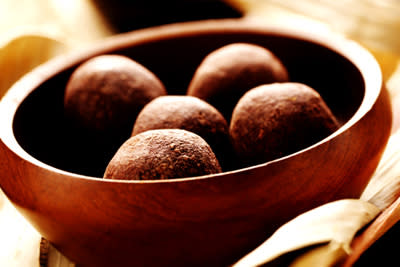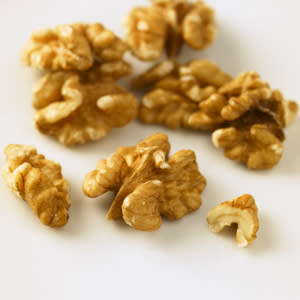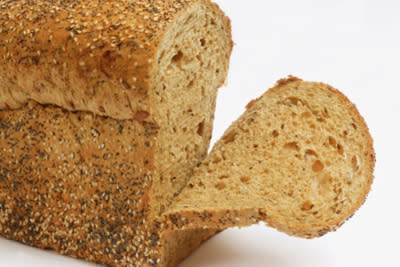The 2014 winners will be revealed on October 30th. In 2014, the competition received over 1,200 entries from more than 79 countries around the world.
The competition continues to grow, with international submissions more than doubled over the past few years. Small World is widely regarded as the leading forum for recognizing the art, proficiency and photographic excellence involved in photomicrography. The submissions are evaluated on originality, informational content, technical proficiency and visual impact. (Nikon)
The competition continues to grow, with international submissions more than doubled over the past few years. Small World is widely regarded as the leading forum for recognizing the art, proficiency and photographic excellence involved in photomicrography. The submissions are evaluated on originality, informational content, technical proficiency and visual impact. (Nikon)

Mr. Swapnil Pandit
Patil Kolhapur, Maharastra, India
Plant root (Hidden beauties)
Portable Field Microscope
40X
(courtesy of Nikon Small World)
Patil Kolhapur, Maharastra, India
Plant root (Hidden beauties)
Portable Field Microscope
40X
(courtesy of Nikon Small World)

Mr. Evan Darling
Rochester Institute of Technology
Rochester, New York, USA
Rat embryo fluorescently labeled with Rhodamine Epi-fluorescence
10X
Rochester Institute of Technology
Rochester, New York, USA
Rat embryo fluorescently labeled with Rhodamine Epi-fluorescence
10X

Mr. Charles Krebs
Charles Krebs Photography
Issaquah, Washington, USA
Chrysochroa buqueti (jewel beetle) carapace, near eye
Diffused, Reflected Illumination
450X
(courtesy of Nikon Small World)

Noah Fram-Schwartz
Greenwich, Connecticut, USA
Jumping Spider Eyes Reflected Light
20X
(courtesy of Nikon Small World)
Mr. José R. Almodóvar
Biology Department, University of Puerto Rico, Maya guez Campus
Mayaguez, Puerto Rico
Mite in a small forest Image Stacking
10X
(courtesy of Nikon Small World)

Dr. Douglas Brumley Department of Civil and
Environmental Engineering, Massachusetts Institute of Technology Cambridge,
Massachusetts, USA Active fluid flow around P. damicornis (coral polyp)
Fluorescence, Autofluorescence 4X
(courtesy of Nikon Small World)


Dr. Justin Joseph
Cassidy Molecular Biosciences, Northwestern University
Chicago, Illinois, USA
Salivary gland cells from a fruit fly showing cell
boundaries (white) and genomic DNA (red)
Transmitted Light
6X
(courtesy of Nikon Small World)

Dr. Chris Henstridge
MTA-KOKI
Budapest, Hungary
Golden Glia Immunofluorescence
20X
(courtesy of Nikon Small World)

Dr. Chris Henstridge
MTA-KOKI
Budapest, Hungary
Golden Glia Immunofluorescence
20X
(courtesy of Nikon Small World)
Dr. Muthugapatti K. Kandasamy Biomedical
Microscopy Core, University of Georgia Athens, Georgia, USA Bovine pulmonary
artery endothelial cells stained f or actin (pink), mitochondria (green) and
DNA (yellow) Super Resolution Microscopy 0X
(courtesy of Nikon Small World)

Dr. Sabrina Kaul University of Vienna Vienna,
Austria Larval stage of the acorn worm Balanoglossus misaki ensis, dorsal view,
showing cell borders, muscles and apical eye spots Confocal 10X
(courtesy of Nikon Small World) 
Dr. Philipp Keller
Howard Hughes Medical Institute (HHMI)
Ashburn, Virginia, USA
Live zebrafish embryo at 22 hours post-fertilization SiMView Light-Sheet
Microscopy
0X
(courtesy of Nikon Small World)
 Ms.
Zsófia László
Ms.
Zsófia László
Institute of
Experimental Medicine, Hungarian
Acade my of
Sciences Budapest, Hungary
Developing mouse
embryo eye Immunofluorescence
20X
(courtesy of Nikon
Small World


Institute of Experimental Medicine, Hungarian
Acade my of Sciences Budapest, Hungary
Developing mouse embryo eye Immunofluorescence
20X
(courtesy of Nikon Small World

Mr. Rogelio Moreno
Panama, Panama
Rotifer showing the mouth interior and heart shaped corona
Differential Interference Contrast 40X
(courtesy of Nikon Small World)

Servei de Microscòpia, Universitat Autònoma
Barcelona, Catalonia, Spain
Parsley (Petroselinum crispum) ovary fixed and stai
ned to show lectins (red) and nuclei (blue)
Confocal laser scanning microscopy
63X
(courtesy of Nikon Small World)

Mr. Steven Wilbert
Confocal Microscopy Lab, Rochester Institute of Technology
Rochester, New York, USA
Young Starfish Confocal
5X
(courtesy of Nikon Small World)

Confocal Microscopy Lab, Rochester Institute of Technology
Rochester, New York, USA
Young Starfish Confocal
5X
(courtesy of Nikon Small World)

Mr. Steven Wilbert
Confocal Microscopy Lab, Rochester Institute of Technology Rochester, New York,
USA
Hydra and Volvox Confocal
10X
(courtesy of Nikon Small World)

Mrs. Andrea Wurzinger-Mayer
Department of Integrative Zoology, Faculty of Life Sciences, University of
Vienna
Vienna, Austria
Shipworm Lyrodus pedicellatus, a wood-boring mussel (Mollusca: Bivalvia:
Teredinidae). Larval musculature.
Confocal laserscanning microscope
20X
(courtesy of Nikon Small World)

Dr. Michael John Bridge
HSC Core Facilities-Cell Imaging Core,
University of Utah School of Medicine Salt Lake City, Utah, USA "Rising
Sun"
(Cultured embryonic chicken dorsal root ganglia neuron explant) Confocal 40X
(courtesy of Nikon Small World)

Dr. Michael John Bridge
HSC Core Facilities-Cell Imaging Core, University of Utah School of Medicine
Salt Lake City, Utah, USA
"Random Connection" (Cultured embryonic chicken dor sal root ganglia
neuron explant)
Confocal 60X
(courtesy of Nikon Small World)

Mr.
Charles Krebs
Charles Krebs Photography Issaquah, Washington, USA
Chrysochroa buqueti (jewel beetle) carapace, near eye
Diffused, Reflected Illumination
45X
(courtesy of Nikon Small World
Charles Krebs Photography Issaquah, Washington, USA
Chrysochroa buqueti (jewel beetle) carapace, near eye
Diffused, Reflected Illumination
45X
(courtesy of Nikon Small World
Mr.
Chao Zhang
National
Astronomical Observatories, Chinese Academy of Sciences
Beijing, China
Magnesium chloride
and potassium alum mixture
Polarized Light
25X
(courtesy of Nikon
Small World

National Astronomical Observatories, Chinese Academy of Sciences
Beijing, China
Magnesium chloride and potassium alum mixture
Polarized Light
25X
(courtesy of Nikon Small World
Mr. Michael Peres
Rochester Institute of Technology
Rochester, New York, USA
Brightfield
8X
(courtesy of Nikon Small World)



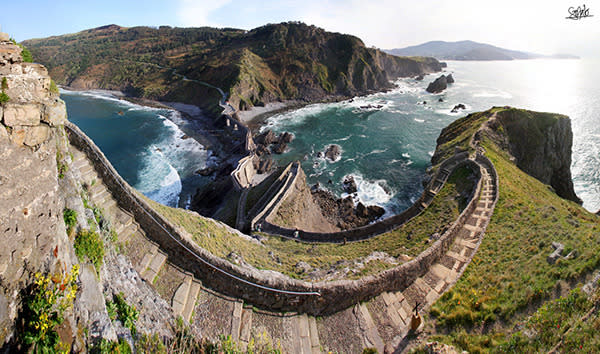

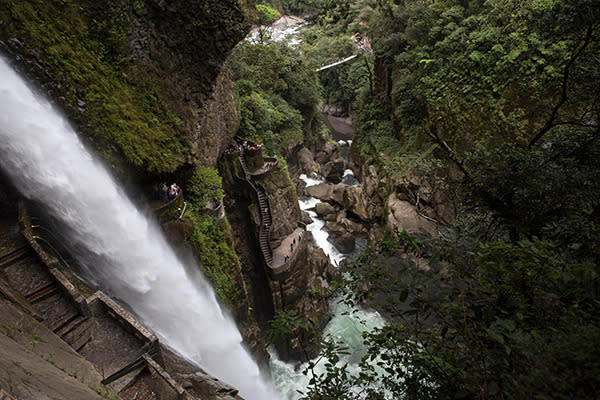


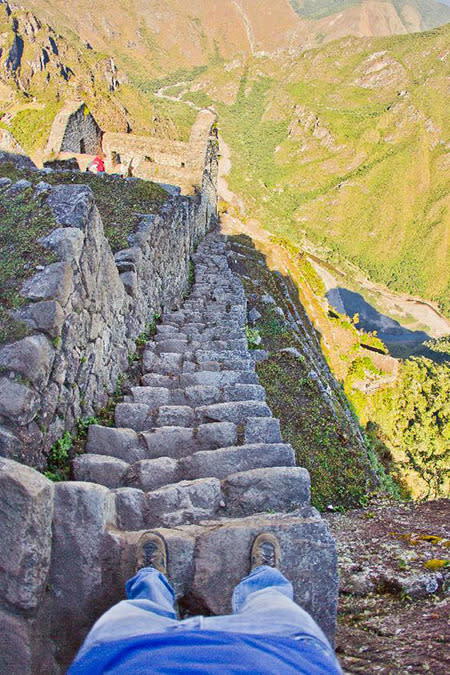
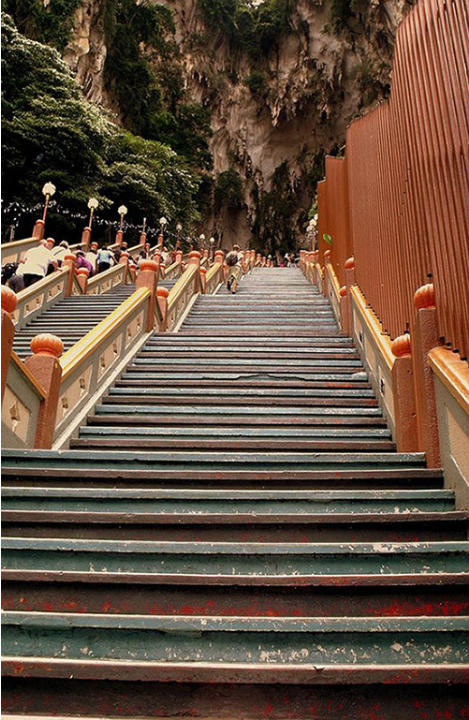
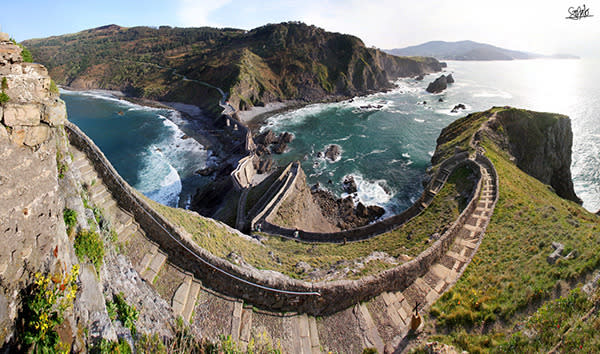



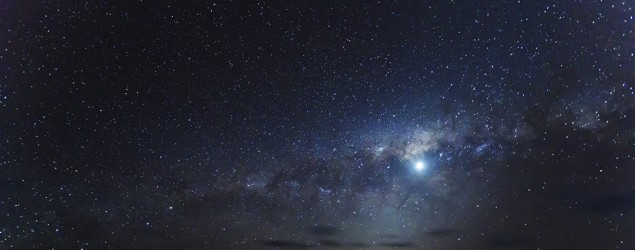
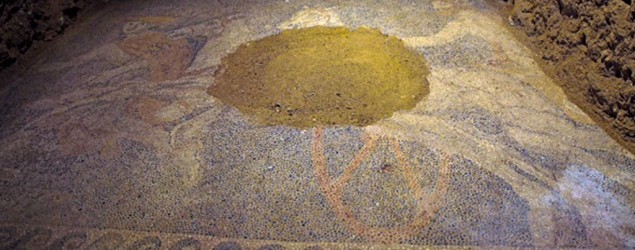


 ]
]








